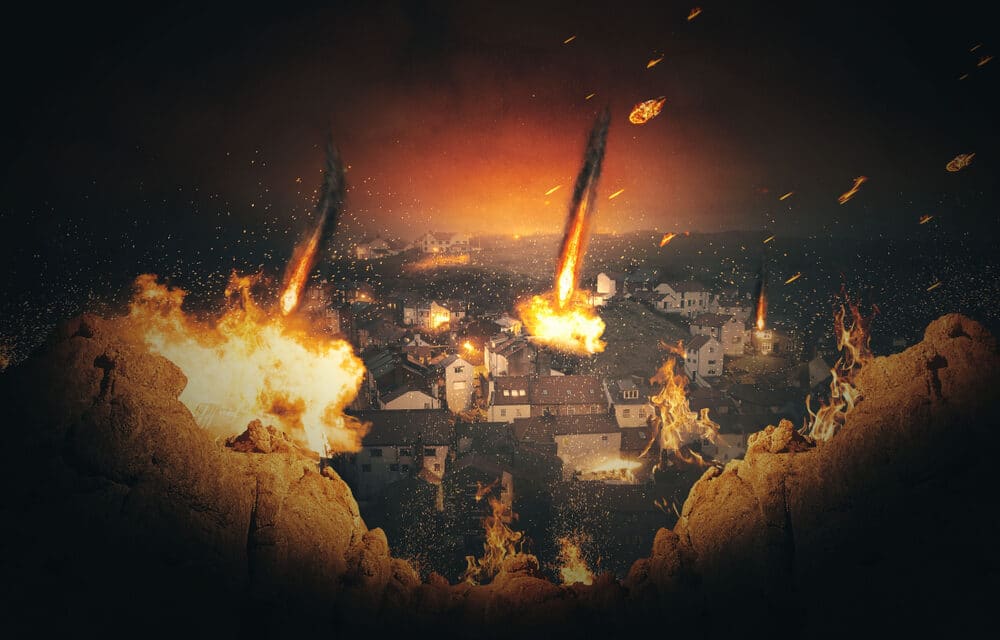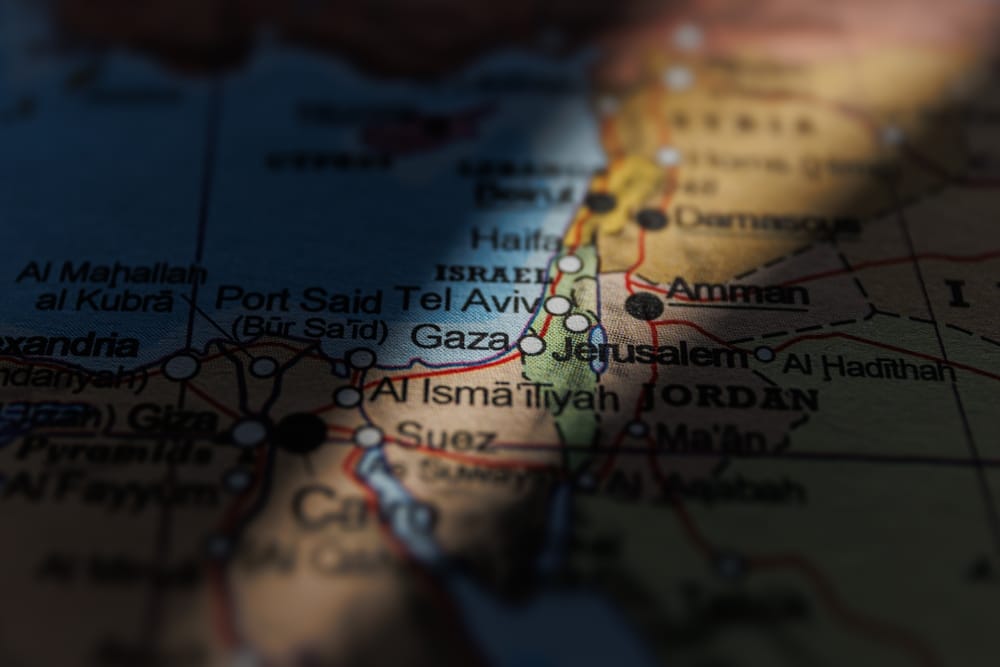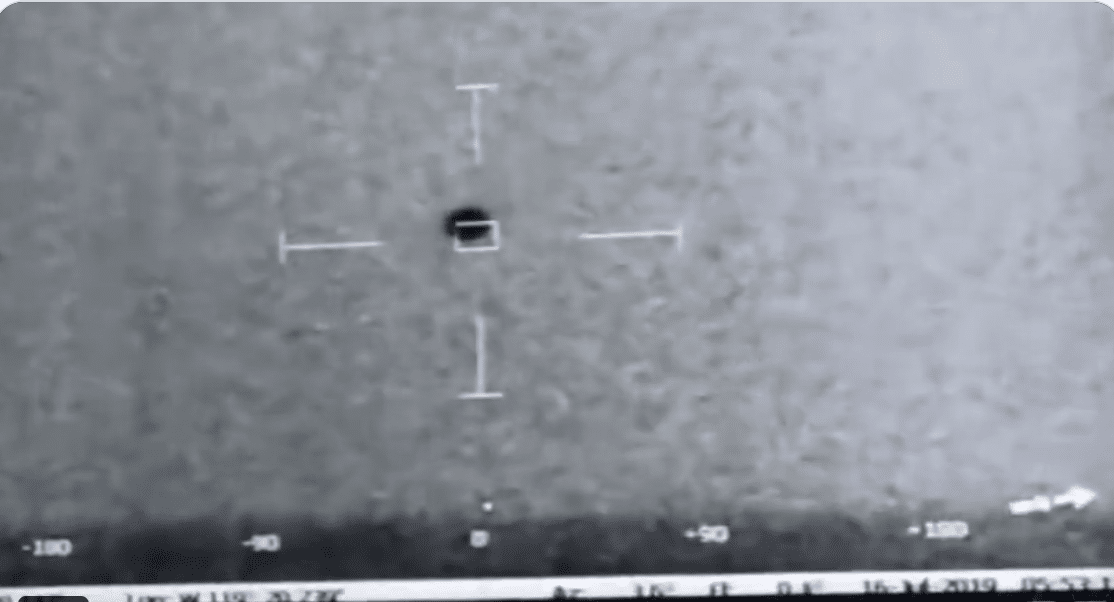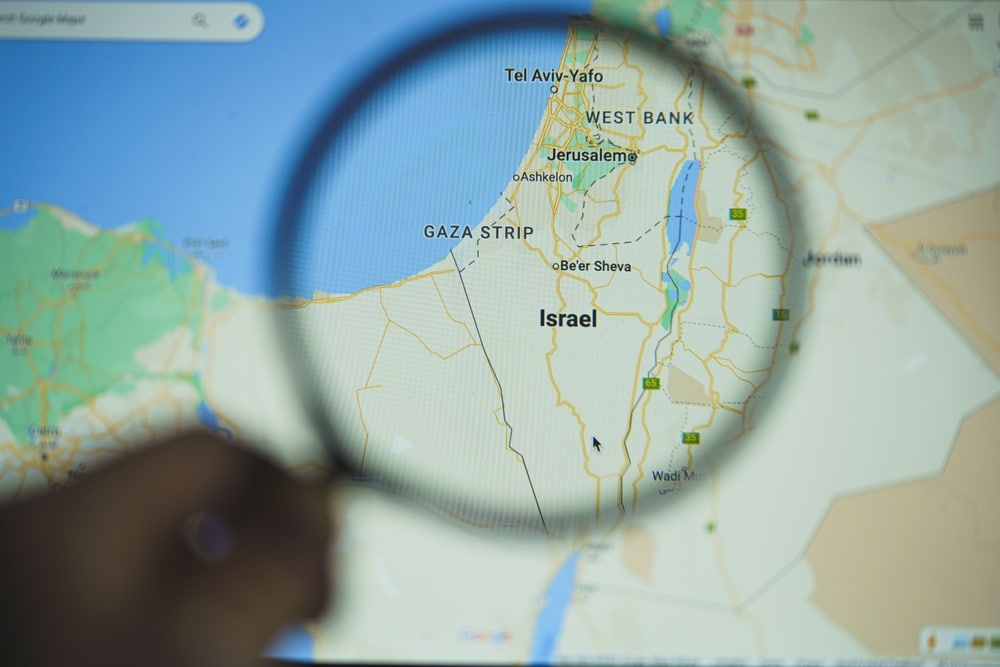(OPINION) A new scientific discovery in modern-day Tall el-Hammam is being touted as potential evidence of God’s destruction of Sodom and Gomorrah as described in the Bible.
TheBlaze stated that in a research paper published in Nature magazine this week, titled, “A Tunguska sized airburst destroyed Tall el-Hammam a Middle Bronze Age city in the Jordan Valley near the Dead Sea,” scientists concluded after 15 years of intensive study that a gigantic asteroid destroyed an ancient Middle Eastern city roughly 3,600 years ago.
That ancient Middle Eastern city is widely considered to be Sodom, one half of an infamous pair of cities mentioned in the Bible’s opening book, Genesis, that earned judgment from God for their exorbitant sinfulness. Here’s how researchers described the cataclysmic event in a much more accessible summary article published by the Conversation:
Flashing through the atmosphere, the rock exploded in a massive fireball about 2.5 miles (4 kilometers) above the ground. The blast was around 1,000 times more powerful than the Hiroshima atomic bomb. The shocked city dwellers who stared at it were blinded instantly. Air temperatures rapidly rose above 3,600 degrees Fahrenheit (2,000 degrees Celsius).
Clothing and wood immediately burst into flames. Swords, spears, mudbricks, and pottery began to melt. Almost immediately, the entire city was on fire. Some seconds later, a massive shockwave smashed into the city. Moving at about 740 mph (1,200 kph), it was more powerful than the worst tornado ever recorded.
The deadly winds ripped through the city, demolishing every building. They sheared off the top 40 feet (12 m) of the 4-story palace and blew the jumbled debris into the next valley. None of the 8,000 people or any animals within the city survived – their bodies were torn apart and their bones blasted into small fragments.
The findings are reportedly based on more than a decade of painstaking research conducted by a vast group of capable scientists — including “archaeologists, geologists, geochemists, geomorphologists, mineralogists, paleobotanists, sedimentologists, cosmic-impact experts, and medical doctors.”
SciTechDaily reported: “I think one of the main discoveries is shocked quartz. These are sand grains containing cracks that form only under very high pressure,” Kennett said of one of many lines of evidence that point to a large airburst near Tall el-Hammam. “We have shocked quartz from this layer, and that means there were incredible pressures involved to shock the quartz crystals — quartz is one of the hardest minerals; it’s very hard to shock.”
The airburst, according to the paper, may also explain the “anomalously high concentrations of salt” found in the destruction layer — an average of 4% in the sediment and as high as 25% in some samples. “The salt was thrown up due to the high impact pressures,”
Kennett said of the meteor that likely fragmented upon contact with the Earth’s atmosphere. “And it may be that the impact partially hit the Dead Sea, which is rich in salt.” The local shores of the Dead Sea are also salt-rich, so the impact may have redistributed those salt crystals far and wide — not just at Tall el-Hammam, but also nearby Tell es-Sultan (proposed as the biblical Jericho, which also underwent violent destruction at the same time) and Tall-Nimrin (also then destroyed).


















